Manufacturer Part Number
AT45DB321D-MWU
Manufacturer
Microchip Technology
Introduction
The AT45DB321D-MWU is a 32Mbit FLASH memory device, utilizing non-volatile FLASH technology, designed for high-speed applications requiring a SPI interface.
Product Features and Performance
32Mbit of non-volatile FLASH memory
Supports SPI interface for high-speed data transmission
Individual pages are 528 bytes, organized into 8192 pages
Supports clock frequencies up to 66 MHz for rapid data access
Programmable write protection for memory zones
Low power consumption
Product Advantages
High storage capacity for advanced applications
Fast read and write speeds enhance overall system performance
Flexible and efficient memory organization
Low power usage extends battery life in portable devices
Compatibility with a wide range of microcontrollers and processors
Key Technical Parameters
Memory Size: 32Mbit
Memory Organization: 528 Bytes x 8192 pages
Memory Interface: SPI
Clock Frequency: 66 MHz
Write Cycle Time - Word, Page: 6ms
Voltage - Supply: 2.7V ~ 3.6V
Operating Temperature: -40°C ~ 85°C (TC)
Quality and Safety Features
Built-in write protection features to safeguard data integrity
Operates within a broad temperature range ensuring reliability under varying environmental conditions
Compatibility
Compatible with SPI protocol, enabling use with a broad range of microcontrollers and embedded systems
Application Areas
Embedded systems
Consumer electronics
Internet of Things (IoT) devices
Data logging systems
Industrial control systems
Product Lifecycle
Obsolete - Product is no longer being produced by Microchip Technology, and replacement or upgrade options should be considered.
Several Key Reasons to Choose This Product
Offers substantial data storage capacity suitable for a variety of advanced applications
High-speed operation supports demanding system requirements
Built-in data protection features enhance security and reliability
Low power consumption is ideal for portable and battery-operated devices
Despite being obsolete, it may still be ideal for specific legacy systems requiring this particular memory configuration
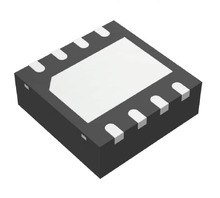

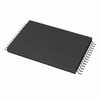
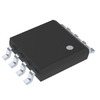
 AT45DB321D-TU.Atmel (Microchip Technology)
AT45DB321D-TU.Atmel (Microchip Technology) AT45DB321D-CUMicrochip TechnologyIC FLASH 32MBIT SPI 66MHZ 24CBGA
AT45DB321D-CUMicrochip TechnologyIC FLASH 32MBIT SPI 66MHZ 24CBGA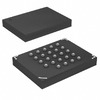 AT45DB321D-CUAdesto TechnologiesIC FLASH 32MBIT SPI 66MHZ 24CBGA
AT45DB321D-CUAdesto TechnologiesIC FLASH 32MBIT SPI 66MHZ 24CBGA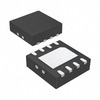 AT45DB321D-MWUAdesto TechnologiesIC FLASH 32MBIT SPI 66MHZ 8VDFN
AT45DB321D-MWUAdesto TechnologiesIC FLASH 32MBIT SPI 66MHZ 8VDFN